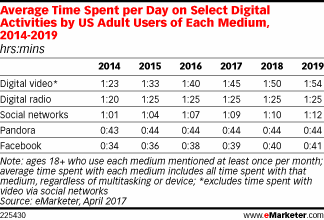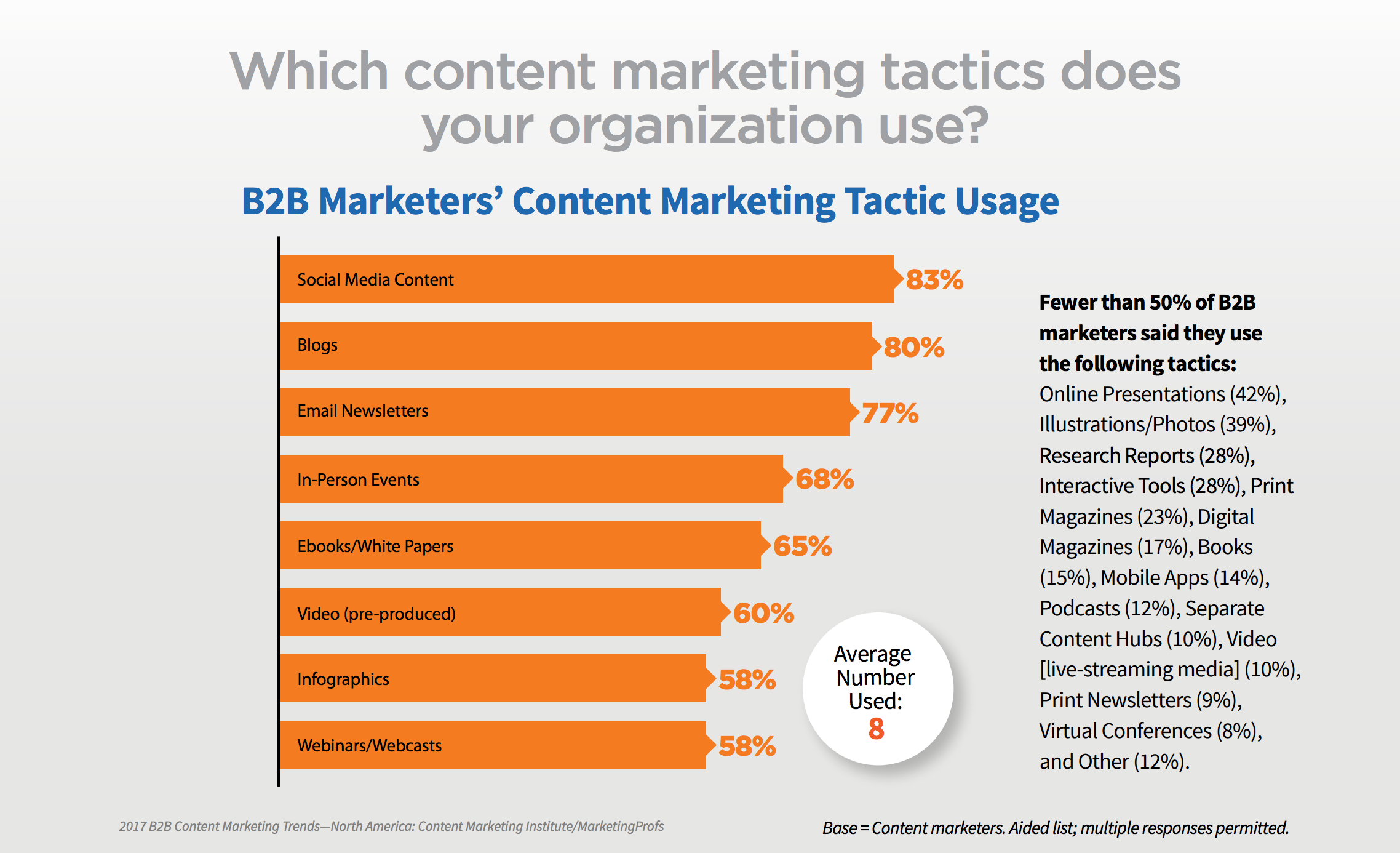Ask a Content Strategist
Ask a Content Strategist: How Do You Measure the ROI of Video Marketing?
This story is part of Contently’s Accountable Content Series, a collection of articles, webinars, case studies, and events we’ve designed to help marketers deliver measurable brand impact and business outcomes with content. To see more content in this series, click here.
Welcome to the April edition of Ask a Content Strategist, the monthly mailbag column about love, life, and mostly content marketing. This month’s column focuses on a topic that no one’s talking about: video marketing.
What’s that? Everyone’s talking about video marketing? Even your nana wants to know why you aren’t doing more video? Well then damn—we don’t have any time to waste. Let’s get to questions from our award-winning readers.
How do you measure the ROI of video marketing?
-Laura, San Diego
I’ve done a deep dive on content marketing ROI in this column before, but over the past month, I’ve gotten a dozen different questions about video ROI.
I’m not surprised. Digital consumption trends have shifted heavily toward video over the past six years. According to eMarketer, the average U.S. adult now spends 105 minutes each day watching digital video, up from just 39 minutes in 2011.

With increased consumption, video has gradually become a go-to marketing tactic. B2B marketers now use it almost as much as e-books, per CMI’s 2017 Content Marketing Benchmarks report. (Sixty percent of B2C marketers use it as well.)

But there’s a big difference between doing video and doing it well. I spend more time perusing the YouTube channels of Fortune 1000 brands than anyone ever should, and a lot of them are graveyards of 20-minute talking head interviews with fewer than 200 views. They make C-SPAN look like The Fast and the Furious.
That’s why I love Laura’s question here. She’s not just looking to check the box with video. She wants to get a real return on investment. But where to begin? Time for a list!
1. Determine the problem you’re trying to solve.
What business goal does this content address? That’s a question you need to ask whether you’re making a motion graphic explainer video or allowing your editor-in-chief to publish a quiz called “Is This Headline About Pokemon Go or Kim Kardashian?” At the risk of over-simplifying things, most videos will level up to one of three goals:
Brand awareness and sentiment: You want to reach people. You want them to know what your company does and that you exist. And you want them to walk away with a positive impression of your brand.
Revenue generation: You want to increase the number of people buying your product or expressing interest in buying your product.
Customer service and education: You want to help customers use your product more effectively.
It’s very possible that you’ll have multiple goals. You may want video to both build your brand and help drive revenue. That’s fine, but to increase your chances of success, just be sure to identify one as the primary goal and the other as a secondary goal.
2. Set your KPIs—and don’t be afraid to think outside the box.
A lot of marketers are in a measurement rut, only looking at a few metrics to determine success: impressions, views, click-throughs, shares. This is unfortunate, because there are a lot of powerful ways to track the ROI of video. I’m a big fan of this infographic by Hyperfine Media, which lays out different ways you can think about ROI, from increasing the CTR of your newsletter to upping landing page effectiveness.
Keep in mind, a lot of these KPIs require preparation. You can’t measure video’s impact on landing page effectiveness if you don’t record a baseline of how that page performs without video. You can’t measure sentiment without a tool like Knotch. You’re not going to track video’s impact on purchase behavior if your content analytics aren’t properly integrated with Salesforce.
3. Ensure that your content is actually designed to accomplish your stated goal.
Every piece of content you create is an experiment. You have a hypothesis about what will work, and you’re testing it out. You just have to ensure that your methodology makes sense so your content isn’t set up to fail. You can’t expect a video to generate leads, for instance, if it doesn’t link to a demo request page or includes a lead form. A video won’t impact brand awareness if it’s made to educate existing customers.
One recent example I love is this interactive video designed to drive 401k contributions for BlackRock. Our friends over at Magnet Media made it using Rapt Media‘s interactive video technology. It had a very explicit goal: increasing employee 401k contributions. In the clip, viewers go through a series of choices (such as whether to buy a coffee or contribute that money to their 401k) and see the financial impact. It sounds corny, but it was very well done, and the results speak for themselves. Seventy percent of viewers engaged with the video, and 50 percent of the people who engaged increased their 401k contributions.
Fifty percent! That’s incredible, but it goes to show what can happen when video content is designed with a specific business goal in mind.
How many words are necessary to get google to recognize it!!
-Chris, Seal Beach
I love the freneticism in this question from Chris. I’m picturing him just sitting on a beach, surrounded by seals, refreshing Google every five seconds waiting for his post to appear on the first page of a search.

Pictured: Chris from Seal Beach
Vague wording aside, it’s actually a pretty good question. While Google doesn’t have a minimum word count, there are some rules to keep in mind.
- Google seems to favor posts over 1,000 words, although much of this likely has to do with the fact that comprehensive posts are more likely to earn valuable backlinks.
- The gods at SEO Yoast claim that posts should be at least 300 words.
- What’s often more important is including keyword-rich H1 and H2 subheads that break up your story. You’ll notice that all of the questions in this post are formatted as H2s in hopes of pleasing the Google gods.
How good a writer do you need to be to create good content?
Janet, London
You need to be a very good writer to create good content. This isn’t negotiable. You can have the best insights in the world, but if you aren’t able to communicate them in a clear, entertaining way, you’re not going to break through. There are thousands of fantastic writers out there hungry for work. Hire them to tell your story and focus your attention on the things that you do best.
Joe Lazauskas is Contently’s director of content strategy and editor-in-chief of The Content Strategist. Ask him your most pressing content marketing questions here, or email him at lazer@contently.com.
Image by Filo / GettyGet better at your job right now.
Read our monthly newsletter to master content marketing. It’s made for marketers, creators, and everyone in between.




